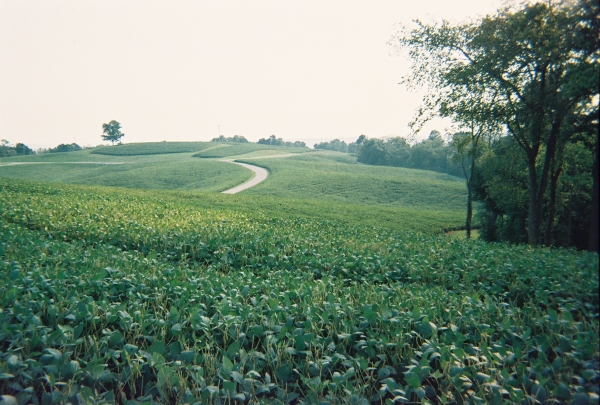A few years ago, a sanitation district used eminent domain to construct a large sewer pipe across the length of a property belonging to one of our clients. Eminent domain is the right of government to take private property for public use after paying the owner just compensation. The property thus acquired is referred to as a “take.”
The client’s property sat on a partially wooded site situated in the hills above the bank of a river. The owner specifically accumulated these 436 rolling acres as a trophy estate. The property’s estate characteristics included sweeping territorial and river views and an excellent mix of open space and woods ideal for equestrian activities, hunting, and what may once have been thought of as a “gentleman’s ranch.” Several creeks and ponds were scattered across the property. The topography restricted visibility from the road to the interior of the property, thereby enhancing the privacy and estate ambiance.
The estate had only one natural entrance. Prior to the take, access to the estate began in an open field, came up a hill, and then passed through a wooded swale that opened up to spectacular hilltop views. This entrance then led directly to the improvements in the center of the property, including a restored barn and guesthouse, thus providing a dramatic entrance to the estate. After the take, it is difficult to imagine an equivalent entrance to the property, or any entrance that does not transit what has now become an industrial site.
The sanitation district was constructing an extraordinarily large sewer pipe (8.5 feet in diameter) across the length of the property. The take for the sewer pipe ran parallel to the entrance and driveway of the estate. The pipe was designed to run mostly underground, emerging from the hillside (the same hill that provided the entranceway with its dramatic features) and running aboveground for about an eighth of a mile parallel to the driveway. Along its length, the pipe was to be supported with a steel and concrete bridgework (much like a railroad trestle) rising to a height of 34 feet at its highest point—about three and a half stories. The take included about 5.5 acres to be taken in fee and 4.5 acres to be encumbered by a permanent access easement.[1]
The technology associated with the aboveground sewer pipe was new and unproven. In addition to the elevated sewer pipe and trestle, planned “improvements” to the take included two manholes, a ventilation vault, a hydraulic system vault, and miscellaneous permanent changes outside the fee-simple take, such as grade changes, fencing, an asphalt access road, and a box culvert at the creek crossing. There would be 18 points along the length of the tunnel with potential to release odors, 36 joints along the elevated section with potential to leak, and the tunnel would potentially need to be ventilated to reduce gas levels.
In my next post, I’ll discuss the valuation issues that Greenfield Advisors was hired to consult on.
– Jonathan Putman






Recent Comments